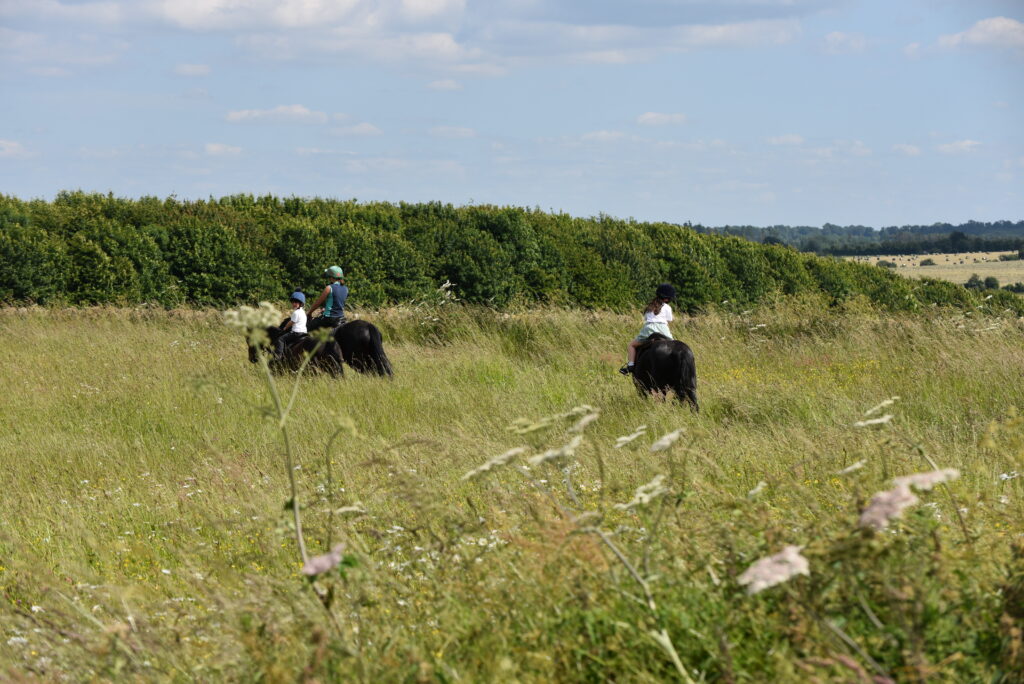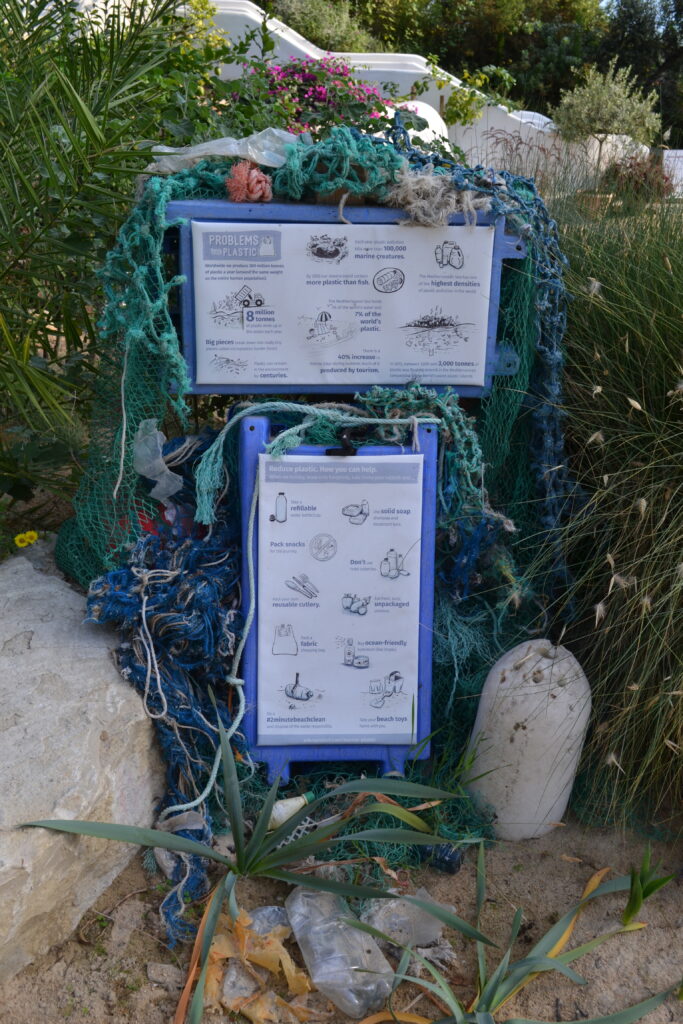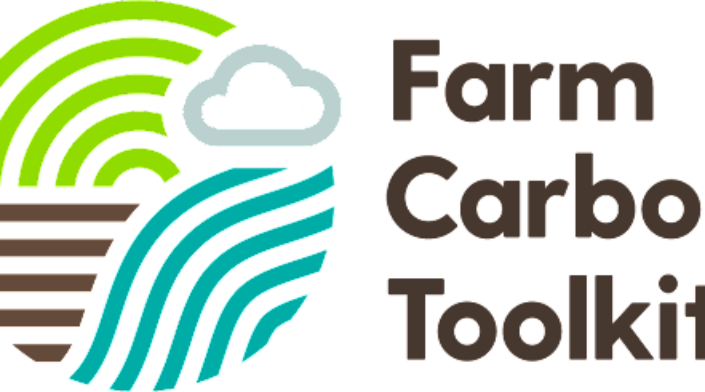The headline fact: Earth is facing a crisis point, driven by environmental pollution, climate change and species loss.
Of course, these environmental issues are closely interlinked with one another, and they all have a profound impact on our daily lives.
What does a changing climate mean?
Climate change is defined as a long term shift in temperature and weather patterns, on a global scale. These changes are unpredictable, and vary from country to country. In the UK, a changing climate typically means warmer wetter winters and hotter drier summers.
But Earth has always gone through periods of global warming and cooling, hasn’t it? That is absolutely correct. However, historically this has been a very gradual change, over thousands of years (or where an abrupt shift has occurred this often tied to a mass extinction event). Human activity, through the burning of fossil fuels, is dramatically accelerating the concentration of greenhouse gasses in the atmosphere, driving a rapid increase in global temperatures, at an alarming rate.
Before the industrial revolution, the atmospheric concentration of CO2 was around 280 parts per million (ppm). Humans have never before experienced the level of greenhouse gas concentrations that are present in our modern-day atmosphere, which has now reached around 420 ppm. In fact, the last time our atmospheric CO2 concentration was this high was approximately 3 million years ago, during the Pliocene era when temperatures were an average of 3oC higher than they are today, ice caps were much smaller, and sea levels around 15 meters higher (Royal Meteorological Society, University of Southampton).
In 2015 during COP 21, the annual international climate conference, the Paris Agreement was signed, committing us to limiting global average warming to 1.5oC. This was based on scientific research that proposed 1.5oC being the threshold beyond which we will experience extreme, challenging and uncertain conditions on Earth as a result of a warmer climate. The latest report by the Intergovernmental Panel on Climate Change (IPCC) (2023) confirmed that we are not on track to meet this target, and that urgent and significant action is needed if we are to avoid the most catastrophic impacts of climate change. Most countries globally now have a national, legally binding Net Zero target in place. This target states the year by which greenhouse gas emissions are reduced entirely, to zero. For the majority of countries, including the UK this target is 2050.
The consequences of not meeting these scientifically established targets, are a significantly warmed planet, which means sea levels rising (putting coastal communities at risk), extreme weather events like flooding and drought, and significant threat to our food security as farming becomes increasingly challenging.
It all sounds overwhelming and nothing I do can make a difference right? The good news is that we all have the ability to make a difference, because everything we do has a carbon footprint tied to it. By making changes to the ways in which we live our lives, and supporting national and global movements towards a low-carbon future, we still have the chance to avoid climate catastrophe. The main takeaway: this cannot be achieved by one person alone, everyone has a responsibility to reduce their own carbon footprint.
Why is biodiversity important?

Diversity in nature, referred to most commonly as biodiversity, is essential for the survival of all life on Earth.
We need a large diversity of plants, animals, bacteria, fungi and other microorganisms to enable ecosystem services to function. This includes for providing and producing (through agriculture) food, fresh water , ocean health, pollination and seed dispersal, disease control and resilience, and so much more. Biodiversity can support the regulation of Earth’s climate, demonstrating a clear link between these two environmental crises.
Biodiversity is in decline in many places around the world, with the UK producing some of the most alarming statistics. The State of Nature report released in 2023 stated a 19% decline in land and freshwater species, and 13% decline in invertebrates since 1970. This has led to the UK becoming recognised as one of the most nature-depleted countries on Earth, with nearly one in six species in the UK now face a very real threat of extinction.
Climate change and land management, particularly for agriculture, are the biggest drivers of this wildlife loss on land, and in freshwater environments like rivers, and lakes. Our oceans are also suffering due to climate change, as well as unsustainable approaches to fishing and a lack of marine protected areas.
There is hope, however, as nature often finds a way to bounce back if afforded the opportunity. Land management is of highly significant importance to ensure nature can thrive. This is where equestrians managing land can make a real difference to the state of nature. Not only will good land management support biodiversity, but it also supports a healthy horse by providing healthy grazing, whereby horses can be selective, encouraging foraging behaviour.
The many sources of environmental pollution

Our natural environment is constantly being polluted by a concoction of toxic chemicals, including greenhouse gases and microplastics. Pollution of the environment is wreaking havoc on our ecosystems, poisoning wildlife and ultimately damaging our health. Biodiversity and ecological health is suffering heavily as a result.
Pollutants come from a range of sources, but the most polluting industries globally include the energy sector (largely through burning fossil fuels), agriculture, textiles (in particular, fast fashion), manufacturing, waste and transport.
Pollution impacts all of Earth’s systems, disrupting air, land and water. The burning of fossil fuels in vehicles and for energy release pollutants into the air. Intensive farming practices degrade the land and soils through the use of synthetic fertilisers and pesticides, which also leach into freshwater and marine environments. Plastic waste contaminates soil and water systems, and accumulate due to their inability to biodegrade.
Another type of pollutant that persists in the environment is a group of chemicals known as ‘forever chemicals’, or PFAS (per- and polyfluoroalkyl substances) which are used industrially, but also in many household items such as non-stick pans and greaseproof paper. These chemicals don’t break down easily, have been found in our soils, food, drinking water, the natural environment and have been closely linked to health problems such as cancer, hormone disruption and organ damage, particularly for the liver and thyroid.
Preventing environmental pollution is a major challenge that requires regulatory measures, such as banning polluting substances, if large scale impact is going to be achieved. However, we can all take individual responsibility to minimise our impact on pollution. For example, through being cautious about what we wash down the sink/drain, avoid using products with PFAS and other polluting chemicals where a natural alternative exists, reducing and correctly disposing of our waste, and buying organic produce, thus supporting organic and regenerative farming practice. Not only will this improve the health of the environment, but also human and animal health too!
References
- R.MET.SOC (2019) https://www.rmets.org/event/pliocene-last-time-earth-had-400-ppm-atmospheric-co2
- Uni. of Sou (2020) https://www.southampton.ac.uk/news/2020/07/co2-levels-rise-2025.page
- Nat Ecol Evol 2017: https://pubmed.ncbi.nlm.nih.gov/29046566/ The Pliocene marine megafauna extinction and its impact on functional diversity
- CAST https://cast.ac.uk/blog/ipcc-report-delivers-a-stark-warning-but-also-a-message-of-hope/#:~:text=“For%20me%2C%20the%20latest%20IPCC,home%2Dgrown%20renewable%20energy.”
- UN Paris Agreement https://www.un.org/en/climatechange/paris-agreement
- State of nature (2023) https://stateofnature.org.uk
- https://uk-air.defra.gov.uk/air-pollution/causes
- https://www.epa.gov/pfas/our-current-understanding-human-health-and-environmental-risks-pfas
- https://www.rsc.org/policy-evidence-campaigns/environmental-sustainability/sustainability-reports-surveys-and-campaigns/cleaning-up-uk-drinking-water/#:~:text=What%20are%20the%20health%20risks,the%20development%20of%20unborn%20children.
- https://climatetrade.com/the-worlds-most-polluting-industries/ (2023)
- https://www.worldwildlife.org/industries/sustainable-agriculture
- https://www.gov.uk/government/statistics/agriculture-in-the-united-kingdom-2023/chapter-11-agri-environment
- https://assets.publishing.service.gov.uk/media/611e31fbd3bf7f63b19cea2d/Poly-_and_perfluoroalkyl_substances_-sources_pathways_and_environmental_data_-_report.pdf
- https://www.fieldfisher.com/en/insights/pfas-uk-regulatory-snapshot#:~:text=However%2C%20recent%20and%20updated%20guidance,monitoring%20and%206%3A2%20FTAB)
- https://committees.parliament.uk/work/9078/addressing-the-risks-from-perfluoroalkyl-and-polyfluoroalkyl-substances-pfas/
- https://www.wildlifetrusts.org/news/landmark-report-shows-uk-wildlifes-devastating-decline
Related

White Griffin create flagship education project with the British Racing School
The partnership will enable the education of the whole British horse racing industry in the fundamentals of environmental sustainability
Ready to start your journey?
Get in touch today.
Contact us


